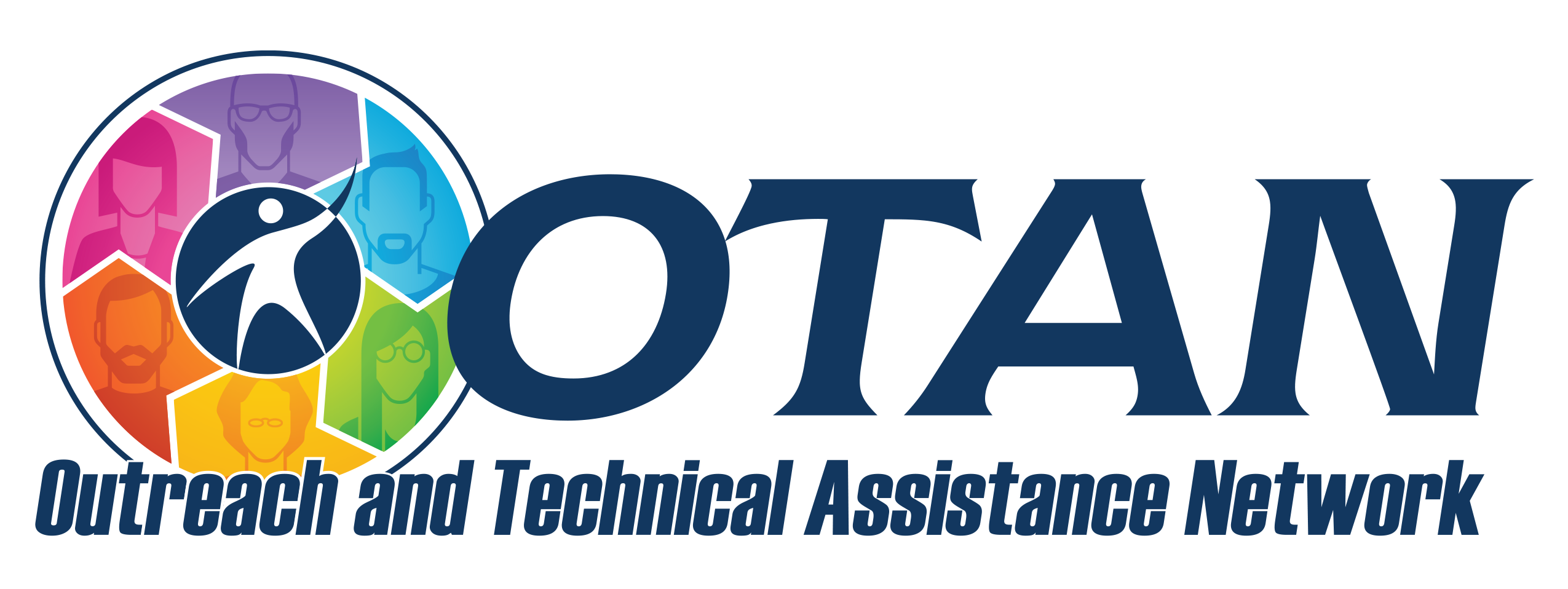Search
Finding Slope
Details
Activity Description
This lesson introduces the slope of a line. The website, Coolmath.com continues the lessons with Finding the slope from the graph, from two points, and using slope in equations.
CalculatorSoup provides an online calculator for learners to practice entering two points and find the slope of the line.
Preparation
- Check the website to ensure it is not blocked at your site.
- Read through the lesson plan.
- Print and make copies of any handouts.
Program Areas
- ABE: Adult Basic Education
- ASE: High School Equivalency Preparation
- ASE: High School Diploma
Levels
- All Levels

